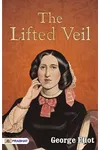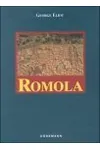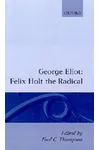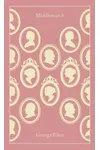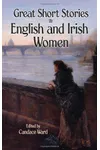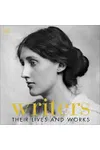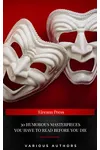Picture a Victorian storyteller who wove tales of human hearts and moral dilemmas with unmatched depth—meet George Eliot! Born Mary Anne Evans, she adopted a male pen name to conquer the literary world, crafting masterpieces like Middlemarch that still captivate readers today. Her sharp intellect and defiance of societal norms made her a trailblazer in English literature.
The Making of George Eliot
Mary Anne Evans was born on November 22, 1819, in Warwickshire, England, on a sprawling estate where her father worked as a land agent. Raised in a world of books and ideas, she devoured philosophy and theology, shaping her razor-sharp mind. After her mother’s death, she moved to London, diving into the intellectual scene as a translator and editor. Her bold choice to write under the pseudonym George Eliot ensured her novels, brimming with psychological insight, were judged on merit, not gender.
George Eliot’s Unforgettable Stories
Eliot’s novels are like windows into the human soul, blending rich characters with moral complexity. Middlemarch (1871–72), often called her greatest work, paints a vivid portrait of a small English town, exploring love, ambition, and societal pressures through characters like the idealistic Dorothea Brooke. Silas Marner (1861) tells a heartwarming tale of a reclusive weaver redeemed by love and community. Other gems include Adam Bede (1859), a rustic love story, and The Mill on the Floss (1860), a semi-autobiographical saga of family and sacrifice. Her style—marked by deep empathy, intricate plotting, and philosophical undertones—set a new standard for the novel.
Eliot’s works stand out for their realism and psychological depth, capturing the messy beauty of human relationships. She didn’t shy away from tough themes like class, gender, and morality, making her stories timeless. Her ability to craft flawed, relatable characters revolutionized storytelling, influencing generations of writers.
Why George Eliot Matters
George Eliot’s legacy is monumental. Her novels challenged Victorian conventions, offering nuanced portrayals of women and working-class lives. By writing under a male pseudonym, she shattered barriers for female authors, proving women could rival the literary giants of their time. Today, Middlemarch is hailed as one of the greatest novels in English, inspiring adaptations and academic study. Eliot’s fearless exploration of human nature continues to resonate, reminding us of the power of empathy in storytelling.
About George Eliot
- Born: November 22, 1819, Warwickshire, England
- Key Works: Middlemarch, Silas Marner, Adam Bede, The Mill on the Floss
- Died: December 22, 1880, London, England
- Notable Fact: Lived openly with philosopher George Henry Lewes, defying Victorian norms
Snag Middlemarch or Silas Marner and dive into George Eliot’s soul-stirring world of realism and heart!


